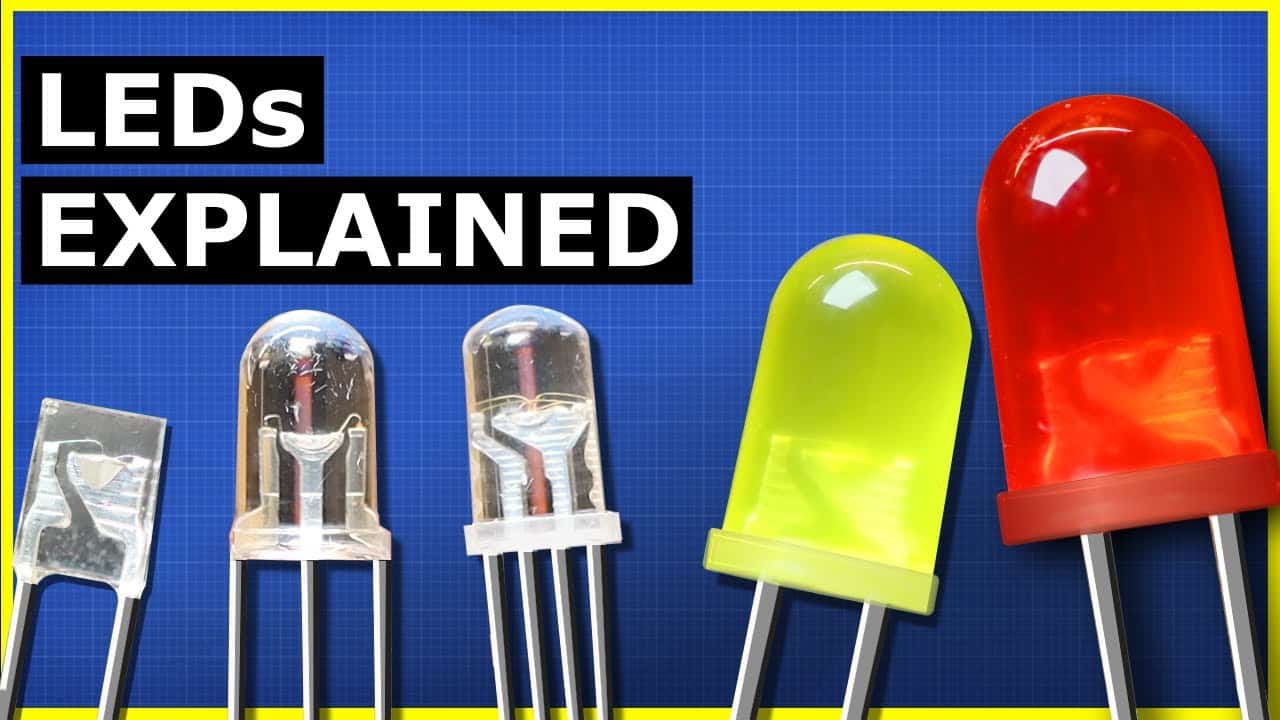The world of LEDs is vast and varied, with countless types serving distinct purposes. Some LEDs are mounted on bull bars, casting powerful beams hundreds of meters ahead. Others light up your vehicle's interior or dashboard. Additionally, there are those designed as headlamps, freeing your hands for tasks like working inside a dimly lit engine bay.
Vehicle owners exploring the vast range of aftermarket LED lighting, including driving lights, light bars, work lamps, or strip lighting, are bound to encounter some perplexing terminology. Performance is typically expressed in terms such as lux, lumens, total watts, or even the sum of individual LED power. Reliability is gauged by standards like IP ratings and operating temperatures. Additionally, it's crucial to factor in current draw, which impacts your vehicle's electrical system.
We aim to clearly explain some common LED terms to help you make informed purchasing decisions. But what is an LED light? Firstly, LED stands for Light Emitting Diode. This lighting technology is far more efficient than traditional halogen bulbs, using a semiconductor to illuminate by passing electrical current through it. It's no surprise that LEDs have rapidly gained popularity in aftermarket driving lights and are increasingly standard in new vehicle factory lighting.
Lumens
Many lights highlight their peak power output in watts, leaving the impression that more watts equate to more light. However, this isn't always true. The wattage doesn't indicate how efficiently that power is utilized by the LEDs or the enclosure they are in. The lumen count of an LED light, either as a calculation (raw lumens) or a measurement (effective lumens), indicates the actual amount of light it emits. The higher the lumens, the more light it produces. For reference, a standard 60W household bulb produces about 800 lumens, while typical home lighting ranges from 1,000 to 4,000 lumens based on the room. Some LED driving lights boast outputs of around 15,000 raw (9,500 effective) lumens, showcasing their impressive power! However, a high volume of light doesn't guarantee it's directed where it's needed most.
LUX
In addition to lumens, you'll often encounter a specification called LUX. While lumens measure the total quantity of light emitted from a source, LUX measures the intensity or brightness of the light at a specific distance. For instance, an LED with a LUX rating of 1 at 900 meters means that a sheet of paper placed 900 meters from the vehicle would receive 1 LUX of illumination. At this level, an average person could read a newspaper. By considering power, lumens, and LUX together, you can more precisely assess and compare the performance of various LED lights. It's also important to consider beam patterns, as LEDs can be directed using different reflectors tailored for specific purposes.
IP Rating
The IP rating, or Ingress Protection rating, indicates how well a light resists water and dust intrusion. Numerous protection levels are available. An LED Driving Light with both IP66 and IP67 ratings is fully shielded from dust and can withstand powerful water jets from any angle, as well as brief immersion in water for up to 30 minutes, ensuring its durability and reliability in challenging environments.
Operating Temperatures
Operating temperatures are quite straightforward; LEDs will function efficiently within the specified temperature range provided.
Input Voltage Range
The input voltage range defines the minimum and maximum voltages at which a power supply can function effectively. For most vehicle LED lights, this typically includes 12V or 24V, with some designed to accommodate 12/24V or an extensive 9V-32V multivolt range—allowing the lights to operate on any voltage within these parameters.
Current Draw
Current draw refers to the peak number of amps an LED consumes, with the total wattage representing its overall power output. Although LEDs typically feature a lower power draw compared to alternatives like halogen and xenon bulbs, high-performance driving lights may still demand substantial power. It's crucial to monitor the current draw to ensure suitable installation with appropriate wiring, fuses, and relays. This attention helps prevent overloading your electrical system or undersupplying power to the lights.
ECE
Lastly, certain products may come with an ECE mention, a European testing standard evaluating RF (operating stress), transient immunity, and emissions. This standard is particularly crucial for industries using sensitive electrical equipment, as it ensures the lighting does not cause unwanted electrical interference.
With these LED terms decoded, you're now better equipped to make an informed LED lighting purchase.
